
古玻璃系列展II 灵蛇献瑞:战国蜻蜓眼珠饰 Ancient Chinese Glass Exhibition Series Part II AUSPICIOUS GREETINGS OF THE YEAR OF SNAKE: EXHIBITION OF DRAGONFLY EYE BEADS OF THE WARRING STATES PERIOD
策展团队:牧之,陈瑛
展览时间:2013年5月18日-2014年4月30日
展览地点:上海玻璃博物馆二楼古玻璃珍宝馆
展览规划及平面设计:协调亚洲
展览支持: 严又青,徐绩哲
Curator: Mu Zhi, Chen Ying
Duration: May 18, 2013 – April 30, 2014
Venue: Jewelry Box, F2, Shanghai Museum of Glass
Exhibition Planning and Graphic Design: COORDINATION ASIA Ltd.
Exhibition Support: Yan Youqing, Xu Jizhe
关于展览 ABOUT EXHIBITION
古希腊神话中,灵蛇被视为生命的象征,代表着“优美、智慧与永恒”。埃及法老的王冠、王后的头饰上,灵蛇图样被黄金和宝石精心打制,彰显法性的威仪、神性的力量。中国远古神话里,伏羲女娲皆是人首蛇身。女娲以泥土造人、熔彩石补天,这些皆是古老灵蛇文化的缩影。
地球上有许多古老的传说与符号,今人常常难以解读,譬如传说中的“随侯珠”:“随县溠水侧,有断蛇丘。随侯出行,见大蛇,被伤中断,疑其灵异,使人以药封之。蛇乃能走。因号其处‘断蛇丘’。岁馀,蛇衔明珠以报之。珠盈径寸,纯白,而夜有光明,如月之照,可以烛室。故谓之随侯珠,亦曰灵蛇珠,又曰明月珠。”1978年湖北曾侯乙墓(随侯墓)出土的173颗精美绝伦带着神一样眼睛符号的琉璃珠,使我们拨开历史的尘埃,得以探究古代中国琉璃的发展。
自公元前4000年两河流域文明的玛瑙辟邪眼珠,至公元前1500年古埃及的荷鲁斯之眼护身符,这种眼纹图腾一直象征着正义无畏,它拥有无限神力,能驱走恶魔,护佑平安幸福。蜻蜓眼珠饰广泛流传,逐渐覆盖地中海、非洲、欧洲、亚洲等地区,大约公元前五世纪左右传入中国。极富创造力的中国技师将“琉璃蜻蜓眼”制作工艺改良演化到极致,不仅继承了神性的力量,更演绎出时代的最高审美。拥有蜻蜓眼琉璃珠饰或镶嵌琉璃蜻蜓眼的铜器、玉器或漆器,是无上的尊荣。
“灵蛇献瑞,明珠耀世”,癸巳年在古玻璃珍宝馆举办战国蜻蜓眼珠饰展,如同一场让人等待了两千年的梦幻之旅。春秋战国时期的“随珠和璧”,即“随侯珠”与“和氏璧”并称,世上至宝也。战国蜻蜓眼琉璃饰品,其悠久深厚的图腾文化,其精湛卓然的制作工艺,已跨越时代和地域,成为世界古琉璃史上最浓厚凝练的一抹。
纵观各个文化领域里的图形符号,都有它们的渊源及意义。希望本次展览能够带领大家探寻蜻蜓眼图腾的渊源,了解其神秘复杂的流传,感受古代琉璃在历史宗教、艺术文化及现代科技领域的深远影响。也祝愿这些古琉璃珍宝拭去千年灰霾,永远熠熠生辉!
Ancient Greek mythology, the snake was seen as a symbol of life, representing “beauty, intelligence and eternity”. Snake patterns carefully made of gold and precious stones are seen on the crowns and headdresses of ancient Egyptian Pharaohs and queens, symbolizing the ruler’s dignity and divine power. According to ancient Chinese mythology, Fuxi (one of the earliest legendary rulers) and Nuwa (a goddess in Chinese mythology) both have a human head but the body of snake. According to the legend, Nuwa made man from clay, and smelted colored stones to repair the wall of heaven. These epitomize ancient snake culture.
There are many ancient legends and symbols around the world that defy easy interpretation, such as the legendary “Bead of Marquis Sui”: “There is a place named Broken Snake Hill near the Yang River of Sui County. One day Marquis Sui traveled to this place and saw a badly wounded, large snake there. Feeling there was something special and spiritual about the snake, the marquis made his people save the snake with medicine. After treatment, the snake could move again. Thus the place got its name. At the end of that year, the snake came to the marquis with a luminous pearl to return the favor. The bead was more than an inch in diameter, pure white, and had moonlight like light during the night, capable of lighting up a room. It was named Marquis Sui Bead, or Spiritual Snake Bead, or Moonlight Bead.” In 1978, 173 exquisite glass beads with patterns of divine eyes were unearthed in the tomb of Marquis Sui in China’s Hubei province, shedding light on the research of the development process of ancient China’s glass through the mists of history.
From the Agate eye beads (4000BC, Mesopotamian civilization) to the Eye of Horus amulet (1500BC, Egytian civilization), these eye totems symbolize divine power and justice, and are deemed to be capable of expelling demons and bringing peace and happiness. Dragonfly eye beads spread widely to the Mediterranean, African, European, Asian and other regions, and were introduced into China around the fifth century BC. Chinese craftsmen, who possessed a wealth of creativity, perfected the production techniques used to make“ dragonfly eye beads”, elevating aesthetics to the highest level of the times in addition to passing on the beads’ symbolic divine power. It’ was seen as the highest honor to possess bronze, jade and lacquer wares decorated with dragonfly eye beads.
“Auspicious Greetings of the Year of Snake, Shining Beads That Amaze the World”. The Second Special Exhibition at the Jewelry Box of Shanghai Museum of Glass is a dream-like journey that has been 2000 in the making. Heshi Jade (a priceless gem in the ancient Chinese Spring and Autumn period) and Marquis Sui Bead are considered the two most valuable treasures in the world. For the dragonfly eye glass ornaments, the long and profound totem culture and superb craftsmanship has crossed time and geography and become the most generously-colored brush in the world history of ancient glass.
All the symbols and totems in every cultural field have their origin and meaning. I hope this exhibition can help people explore the origins and evolution of the dragonfly eye totems, understand the far-reaching impacts of ancient glass upon history and religion, art and culture, and modern science and technology.
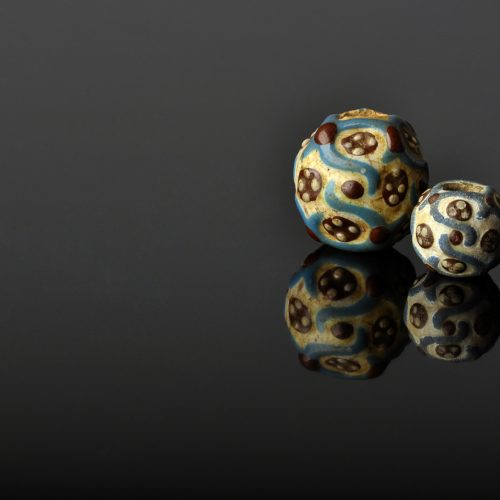
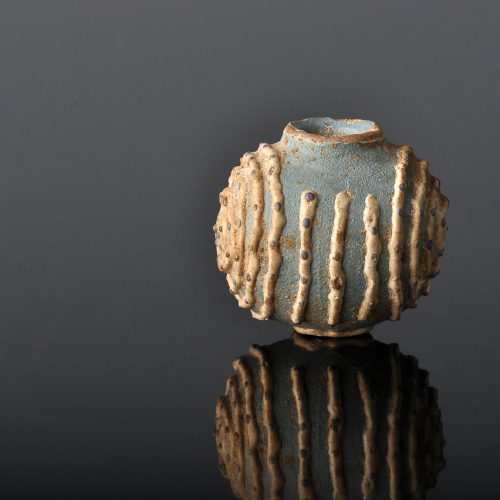
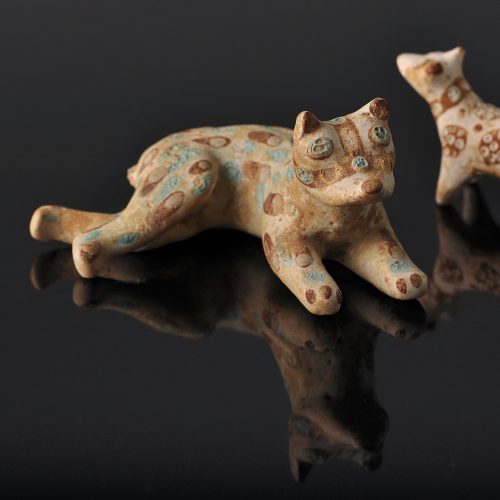
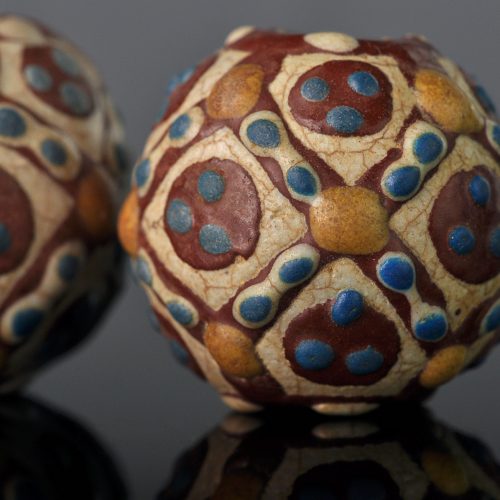
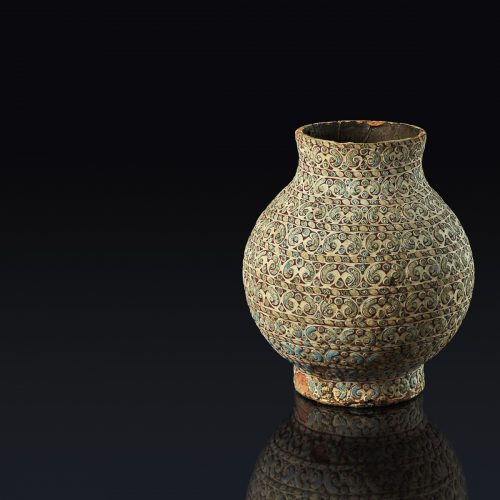
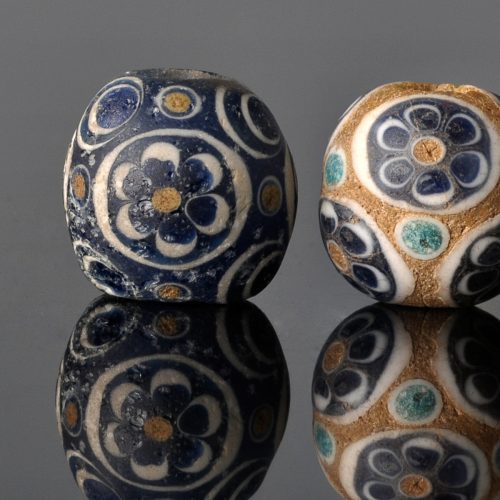

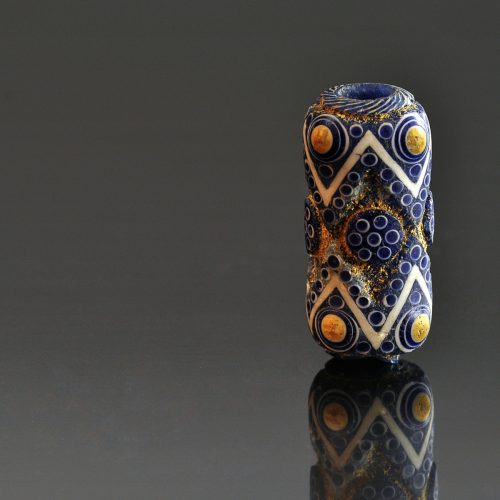
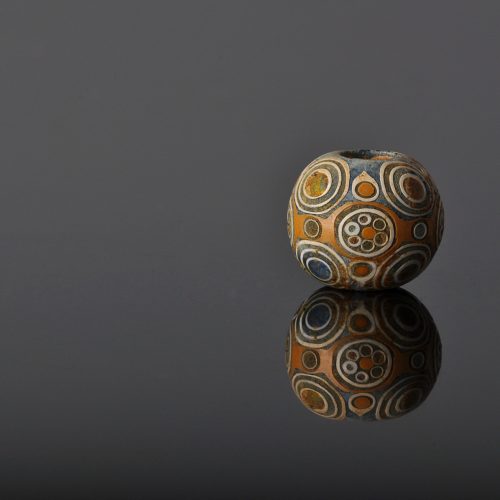
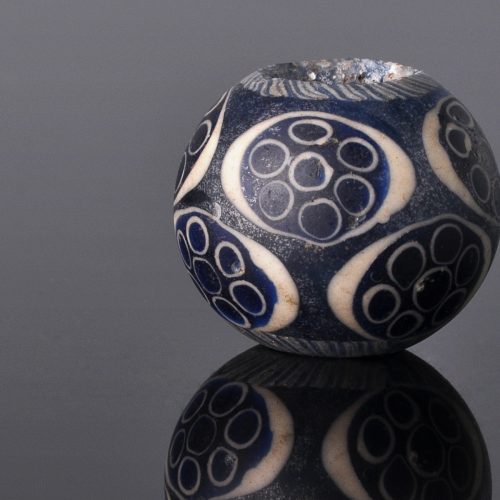
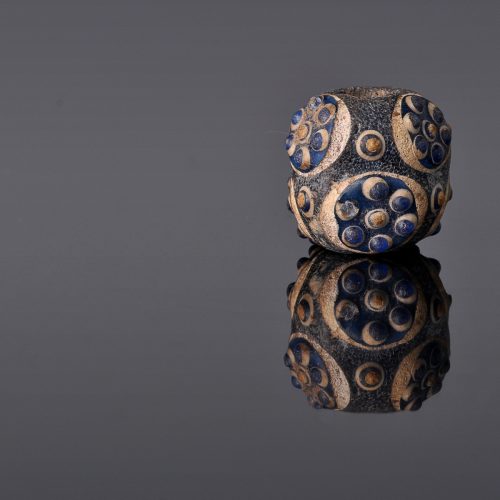
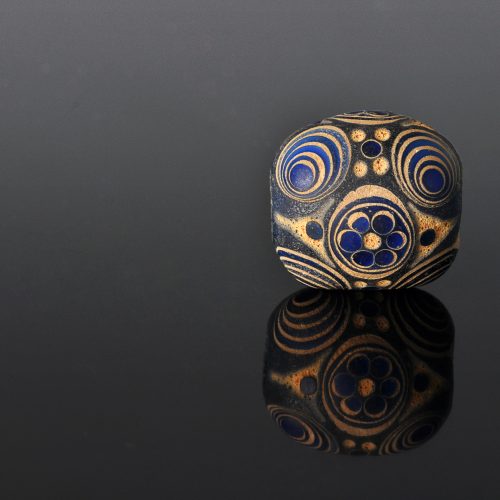
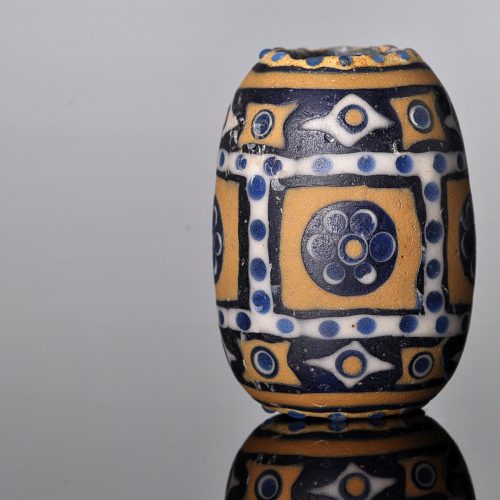
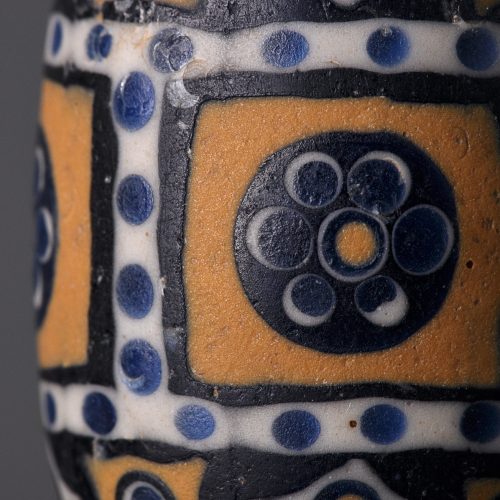
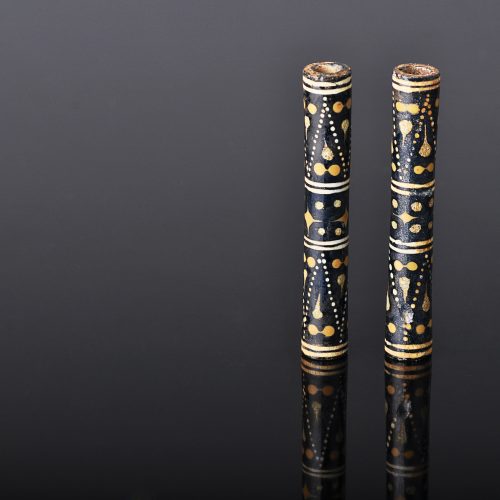
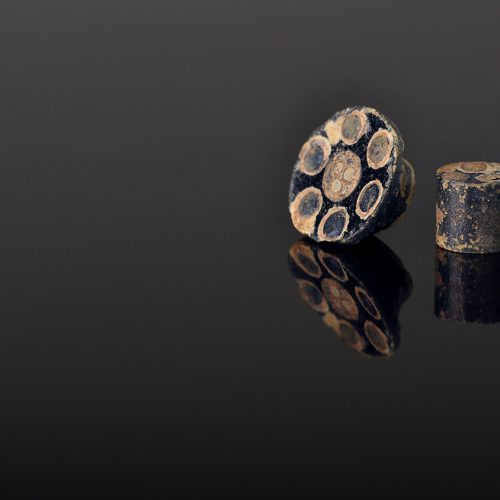
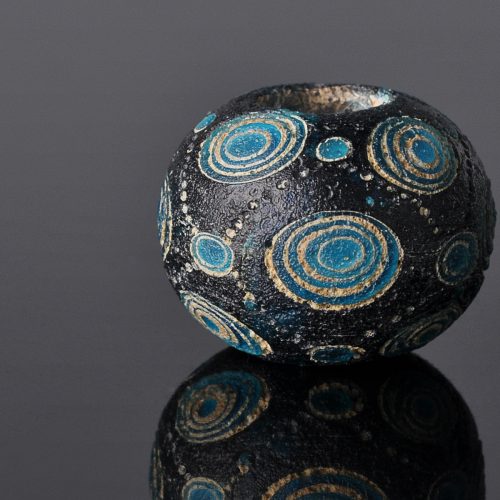
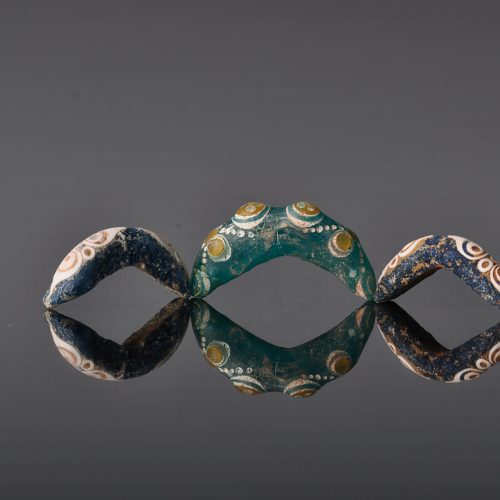
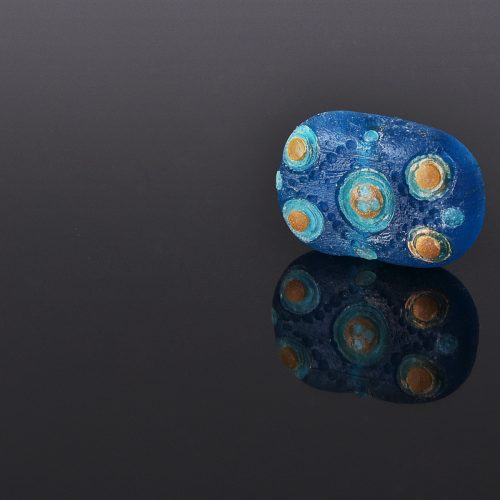
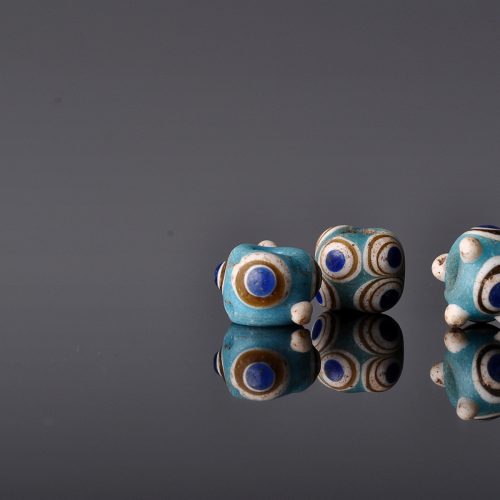
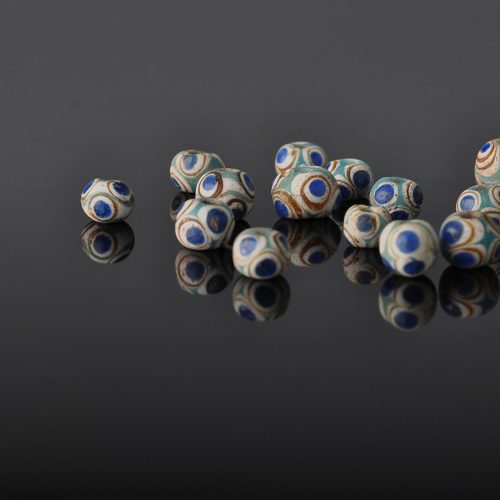
-500x500.jpg)
-500x500.jpg)